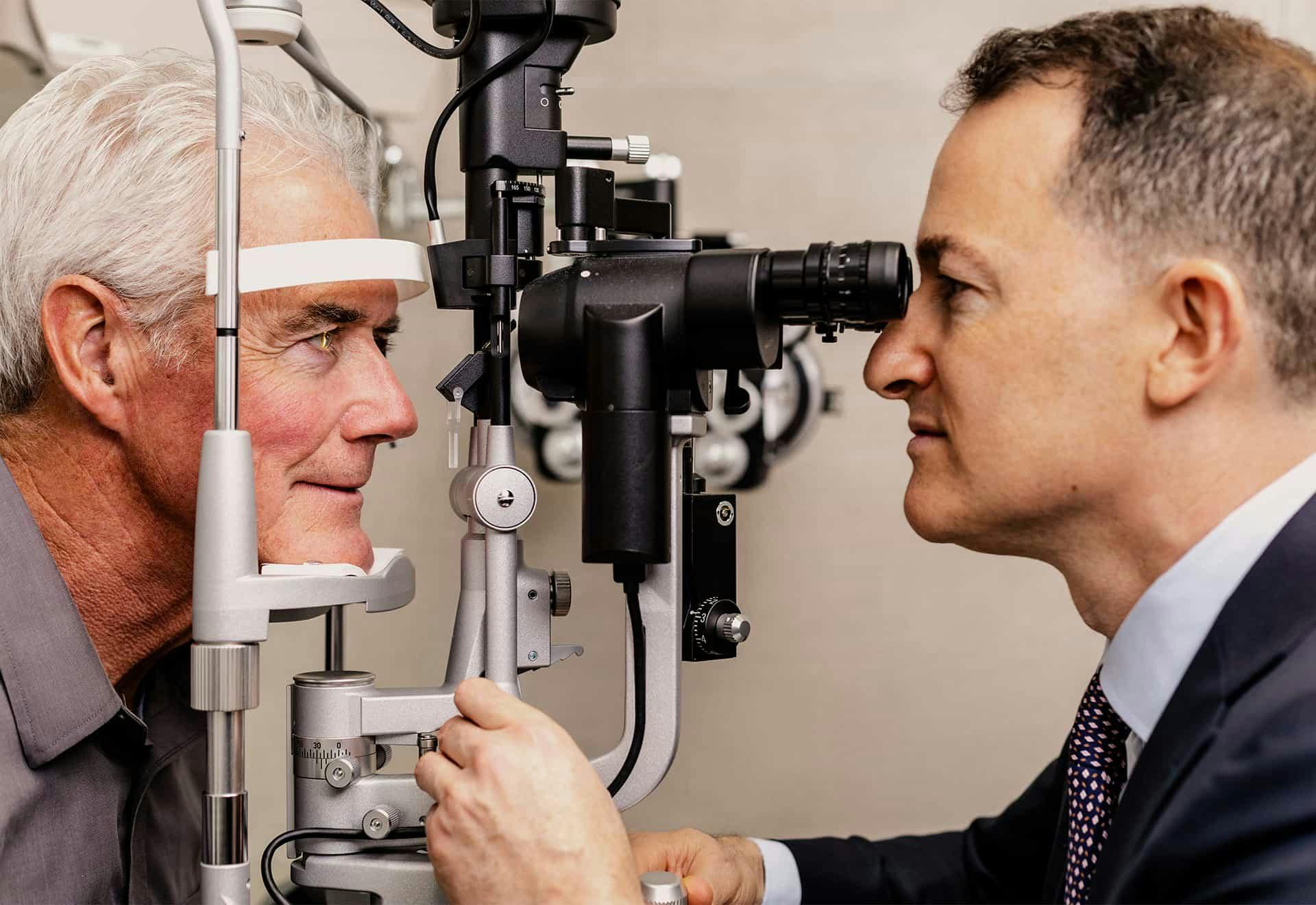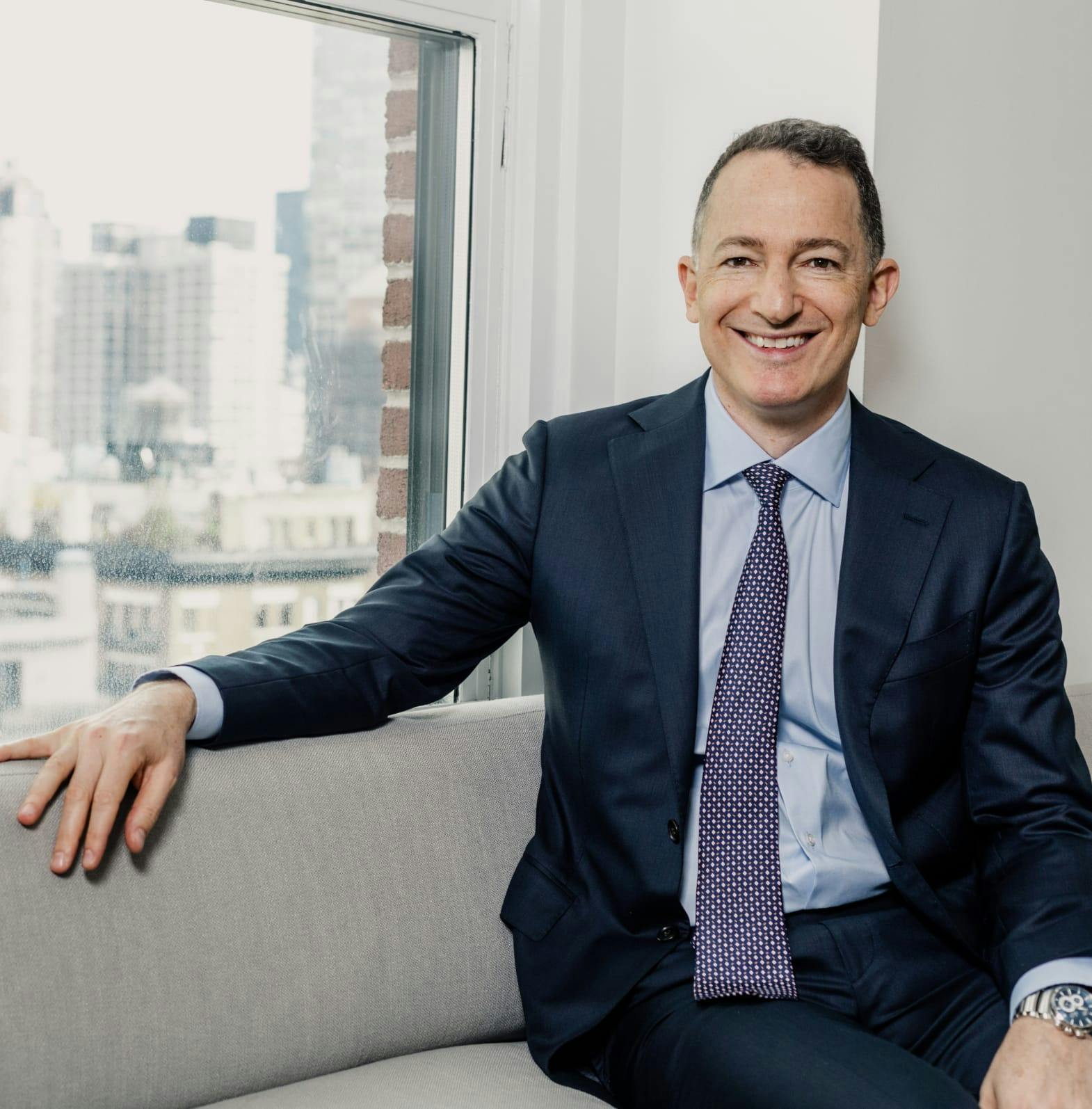At the Eye Center of New York, we often have patients ask us if they have the worst nearsightedness we’ve ever seen. Our answer: Far from it. We’ve successfully operated on people in the -30 diopters (D) range, in addition to the more typical -10 to -20D range.
High myopia, also known as degenerative myopia or pathological myopia, is a type of nearsightedness that requires a glasses correction of -6.00D or more. Cataract surgery in very myopic eyes has been associated with an increased lifetime risk of retinal detachment (RD). But high myopia is already a risk factor for lifetime RD, even without cataract surgery. Most studies that show this risk from cataract surgery are population studies that do not account for current real-world practices and variables.
In our practice, to minimize the risk of RD after cataract surgery, we use a multi-prong approach. First, patients are sent to a retinal surgeon before and after surgery to get a careful peripheral retinal examination and, if necessary, a prophylactic retina laser to seal any weak spots. For the cataract surgery, we utilize a femtosecond laser to break up the cataract, which minimizes the amount of time or energy we need to spend in the eye.
Our high myopia patients are some of our happiest, as we are able to fix their myopia and astigmatism with cataract surgery by customizing their intraocular lens (IOL). Many patients who were not LASIK candidates are finally able to fix their vision with cataract surgery.




